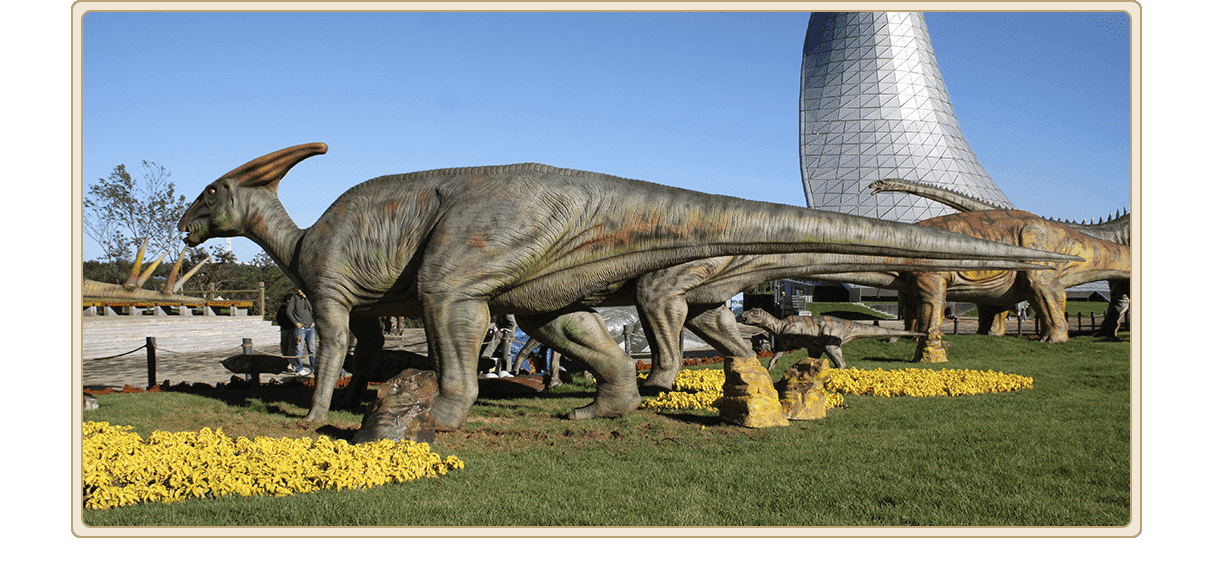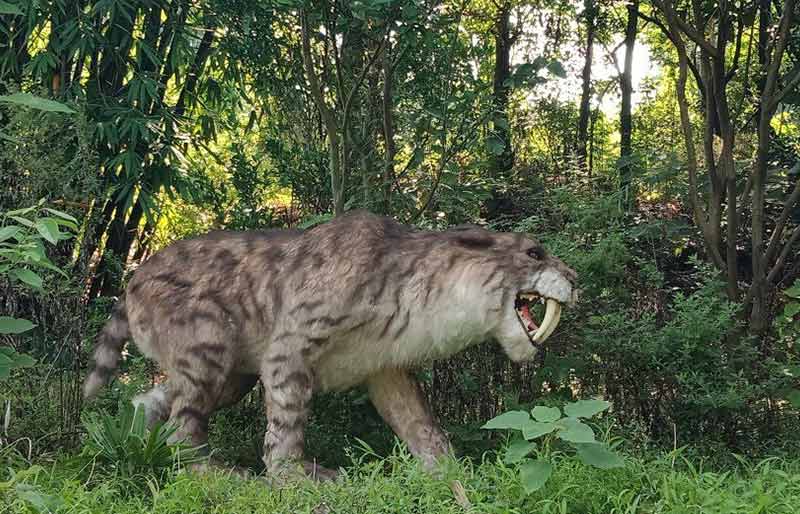The Extraordinary Truth About The Saber Tooth Tiger
The saber-toothed tiger, often referred to by its scientific name *Smilodon*, is one of the most iconic prehistoric animals to have ever walked the Earth. With its long, curved canine teeth and muscular build, it has captured the imagination of many. While it is often depicted as a ferocious hunter in popular culture, the true story of the saber-toothed tiger is far more complex and fascinating. In this article, we will uncover the extraordinary truth about the saber-toothed tiger, exploring its biology, behavior, extinction, and its place in the ecosystem during the Ice Age.
1. What Was the Saber Tooth Tiger?
The saber-toothed tiger, or *Smilodon*, was a genus of carnivorous mammals that lived in the Americas during the Pleistocene epoch, from approximately 2.5 million years ago to about 10,000 years ago. Despite its name, the saber-toothed tiger wasn’t actually a true tiger. It was more closely related to modern big cats such as lions and leopards, though it possessed some very unique characteristics.
There were three known species of *Smilodon*: *Smilodon gracilis*, *Smilodon fatalis*, and *Smilodon populator*, with *Smilodon populator* being the largest. These creatures had an overall resemblance to modern cats, with short tails, muscular bodies, and retractable claws. However, they are best known for their massive, saber-like canine teeth that could reach lengths of up to 7 inches (18 cm). These teeth, along with their strong jaws, were key to their hunting strategy.
2. The Evolution of Saber Teeth
The most striking feature of the saber-toothed tiger was its elongated canine teeth, which are thought to have evolved as a specialized hunting adaptation. Scientists believe these teeth were used for delivering fatal bites to prey, often targeting the throat or neck, where the blood supply was concentrated. The large size of the teeth allowed *Smilodon* to pierce deeply and sever important blood vessels, quickly killing the animal it attacked.
Interestingly, the saber-toothed tiger’s teeth were not used for chewing food like modern big cats, but instead for delivering a swift, powerful strike. Its teeth were more fragile than those of modern cats, which is why its feeding behavior and hunting strategies have been a subject of much research. Some theories suggest that the *Smilodon* used its powerful forelimbs to pin down prey, then delivered a bite to the throat or neck using its massive canines.
3. Anatomy and Physical Traits
The saber-toothed tiger was a muscular and powerful predator, with several adaptations that helped it thrive as an apex predator during its time. Let’s break down some of its key physical features:
1. Saber Teeth
The most distinctive feature of *Smilodon* was its elongated canines. These teeth were long and curved, designed to make a swift, lethal strike. Unlike the teeth of modern cats, which are built for chewing, the saber-tooth’s canine teeth were specialized for puncturing and slicing through the flesh of large herbivores.
2. Strong Forelimbs
*Smilodon* had extraordinarily strong forelimbs, which were likely used to grapple with prey. These muscles were much more developed than those of modern big cats, allowing them to hold down large animals while they used their saber teeth to deliver a killing blow. This adaptation suggests that *Smilodon* hunted differently from today’s predators, which typically use speed and agility to catch prey.
3. Short Tail
Unlike modern cats, the saber-toothed tiger had a short tail. This feature likely aided in balance, though it also meant that *Smilodon* may not have been as agile as other predators. However, its strength and robust build more than made up for its lack of speed.
4. Muscular Build
One of the most striking features of *Smilodon* was its muscular body, particularly in its forelimbs. The animal had a stocky, robust frame that made it well-suited for close combat with large prey. This body type suggests that *Smilodon* wasn’t built for running long distances but rather for ambushing and overpowering its prey.
4. Hunting and Feeding Behavior
The hunting behavior of the saber-toothed tiger is a subject of great debate among paleontologists. While many modern predators rely on speed and endurance to catch their prey, *Smilodon* was likely an ambush predator. Its powerful forelimbs and short legs suggest that it was built for pouncing on prey rather than chasing it over long distances.
It is believed that the saber-toothed tiger used stealth to get close to large herbivores, such as bison, mammoths, or giant ground sloths, before making a final attack. Once it was close enough, *Smilodon* would launch a deadly pounce, using its saber teeth to sever critical arteries or puncture the throat of its prey.
Some researchers propose that *Smilodon* worked in packs, much like modern wolves, to bring down large, dangerous prey. Evidence of social behavior in *Smilodon* is sparse, but some fossilized remains suggest that these animals may have occasionally hunted in groups to take down larger mammals.
5. Extinction of the Saber Tooth Tiger
The saber-toothed tiger went extinct about 10,000 years ago, during the Pleistocene-Holocene transition. There are several theories as to why *Smilodon* and other megafauna went extinct at this time. The most widely accepted hypothesis is climate change, which led to the loss of their natural habitats and prey species. As the Ice Age came to a close, the climate warmed, and ecosystems shifted, making it more difficult for these large predators to survive.
Another contributing factor to their extinction could be the arrival of early humans. The evidence of human interaction with *Smilodon* is unclear, but early humans were likely capable of hunting large animals and competing for resources. Some theories suggest that overhunting, along with habitat loss, contributed to the decline of the saber-toothed tiger.
6. The Legacy of the Saber Tooth Tiger
The saber-toothed tiger, though long extinct, remains an important symbol of the prehistoric world. Its image as a fierce predator is still prominent in popular culture, often depicted in films, books, and museums. The discovery of *Smilodon* fossils has given us valuable insight into the biodiversity of the Ice Age, allowing scientists to piece together the ancient ecosystems that once existed on Earth.
Despite its extinction, the saber-toothed tiger continues to captivate the imagination of people around the world, and its unique features, particularly its saber teeth, will forever be a hallmark of prehistoric predation.
7. Conclusion
The saber-toothed tiger, or *Smilodon*, was a fascinating and powerful predator that roamed the Earth during the Pleistocene epoch. With its signature saber teeth, strong forelimbs, and muscular build, it was uniquely adapted to hunt large prey. While much of its behavior and lifestyle remains a mystery, the saber-toothed tiger’s legacy continues to intrigue and inspire people today. As one of the most extraordinary creatures in history, it serves as a reminder of the incredible diversity of life that once existed on Earth.















